Natural Vegetable Textile Fibres
The quest to create sustainable clothing more easily in order to get new brands on board has picked up pace. And in this context, natural plant-based textile fibres are proving to be a great alternative.
The move away from synthetic fibres derived from petroleum is a move that seeks to encourage environmentally conscious practices in the sector. However, some considerable challenges have arisen in the process.
It must be understood that natural plant fibres are extracted through the sourcing of plant materials.
While it is true that cotton is one of the most popular and beneficial of these materials, it is not the only one. Nowadays, other materials such as hemp, ramie and others have gained influence.
Throughout this post we will tell you important details about the process of obtaining natural textile fibres, their use in the textile industry with a view to ecological fashion and the types of materials within this classification.
WHAT IS A PLANT FIBRE?
The first characteristic that differentiates this textile material from others is that its production is based on the use of natural materials. Stems, seeds or even the foliage of various plants can be used for this purpose.
They differ from artificial textile fibres because the latter consist of a combination of natural fibres and some synthetic materials, so they do have a certain industrialised component.
Natural fibres, on the other hand, come from animal sources or plant fibres. First the yarns are produced and then the fabrics are made by joining multiple filaments of yarns together.
HOW ARE NATURAL VEGETABLE TEXTILE FIBRES OBTAINED?
When we refer to natural vegetable textile fibres, we are logically referring to those that are obtained by using fibres from plants. Fibres of animal origin, such as wool, are not included in this classification.
In this sense, there are different processes for obtaining vegetable fibres. In the case of cotton, the material is obtained from the seeds, while the stalk is used to produce jonote yarn, a type of textile material widely used in Mexico.
In the case of coconut fibre, it is obtained mainly from the shell, where a material known as episperm is treated. This textile element can be used to make a wide range of articles, including cushion stuffing and cordage.
TYPES OF NATURAL VEGETABLE TEXTILE FIBRES
Depending on the type of textile fibre of plant origin, further sub-classifications arise. Furthermore, based on this it is possible to establish common properties, advantages and uses within the industry.
In the following list we present some of the best known plant fibre composite materials in the industry and their benefits in the production of garments under sustainable textile production.
Abaca
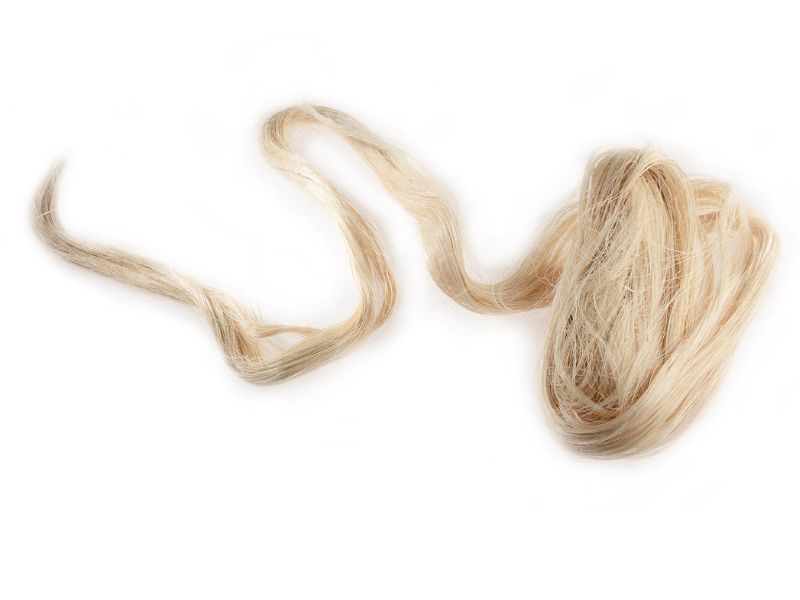
This plant material is obtained from the leaves near the trunk of the abaca. It can generate fibres of more than 3 metres and has been widely used in the production of clothing.
In addition, abaca is a vegetable textile fibre that is recognised for its strength and versatility. Both qualities have allowed it to be used in the production of home textiles and in some types of upholstery.
It is also a plant that is quite full of cellulose, so it has obtained an important relevance in the production of biodegradable textiles. Nowadays its uses are even prominent in the production of paper money.
Cotton
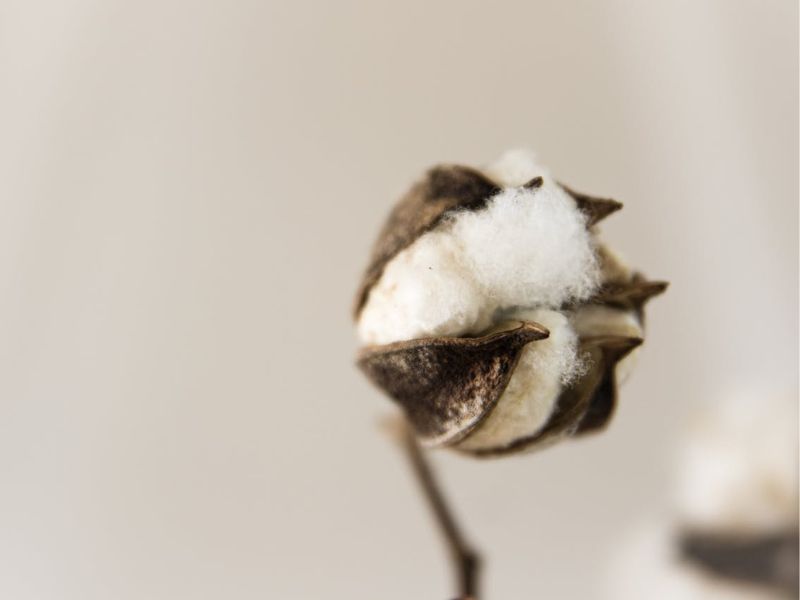
It is one of the best known in the production of sustainable textiles, and is also very involved in sustainable fashion projects thanks to the trend of reusing cotton.
Of course, it is extracted from the seeds of the plant of the same name. Its high cellulose content makes it a natural textile fibre that is widely used around the world, and there are even variations such as Egyptian cotton.
Although it is often used in the production of knitwear, its uses are also valued in the manufacture of flat fabrics. It is easily seen in T-shirts, coats, scarves and much more.
Coir
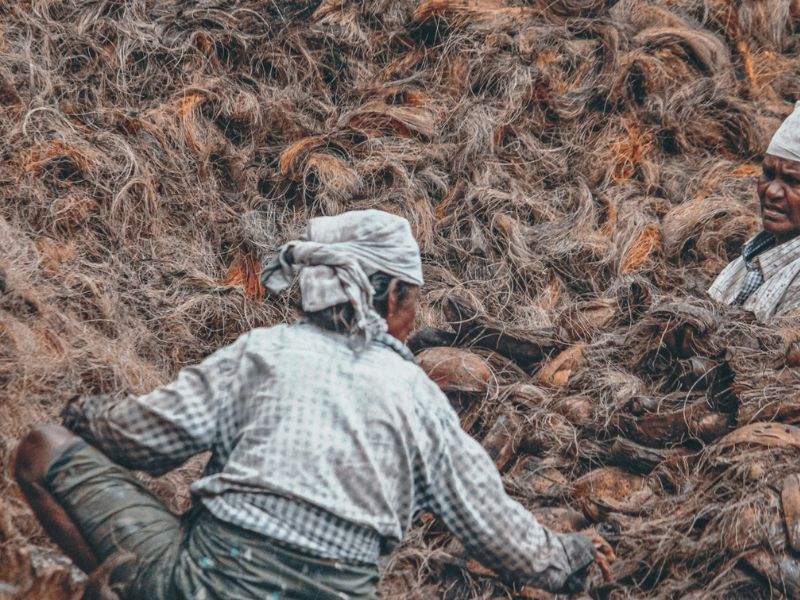
This type of vegetable fibre is obtained from the husk of the coconut. It is a shorter fibre with a slightly rougher appearance to the touch. Depending on the state of maturity of the coconut , the colour of the coir fibre varies.
The white coir fibre is used in the manufacture of ropes or ropes that are often used in the nautical sector, due to its impressive resistance to salt water. And in the case of brown fibre, it is used in the production of garments or accessories.
Among the benefits of vegetable fibres of this type is their resistance to the sun's UV rays. But that is not all, it is also a durable material and easy to treat.
Linen
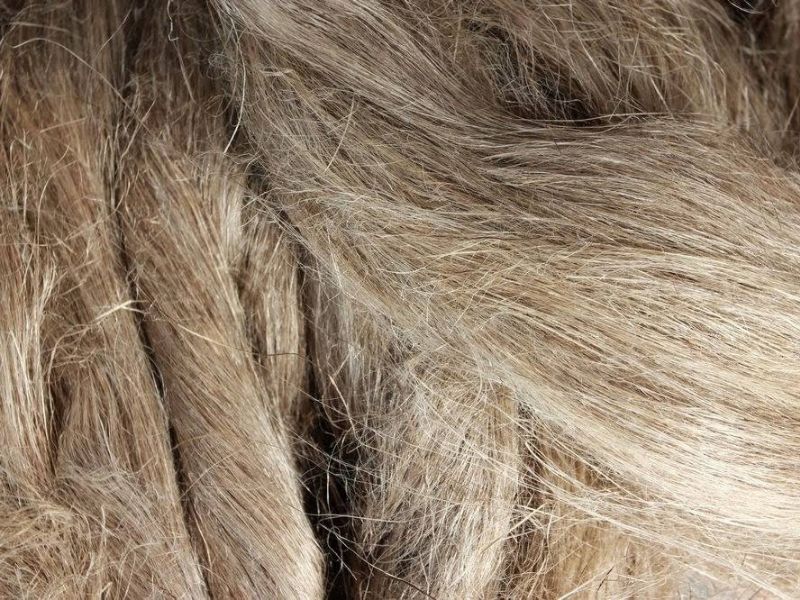
The first thing you should know is that there are two variations of this material, perennial flax and common flax. It is also one of the plant-based materials with the greatest strength and durability, and has a wide variety of uses in the textile industry.
In addition, it is a fibre capable of absorbing and releasing liquids fairly quickly, which influences the manufacture of garments that generate freshness due to its high level of breathability.
It is also often used in the production of bed linen and even in the design of certain types of upholstery. It is one of the most valuable materials in reducing the environmental impact of textile fibres.
Hemp
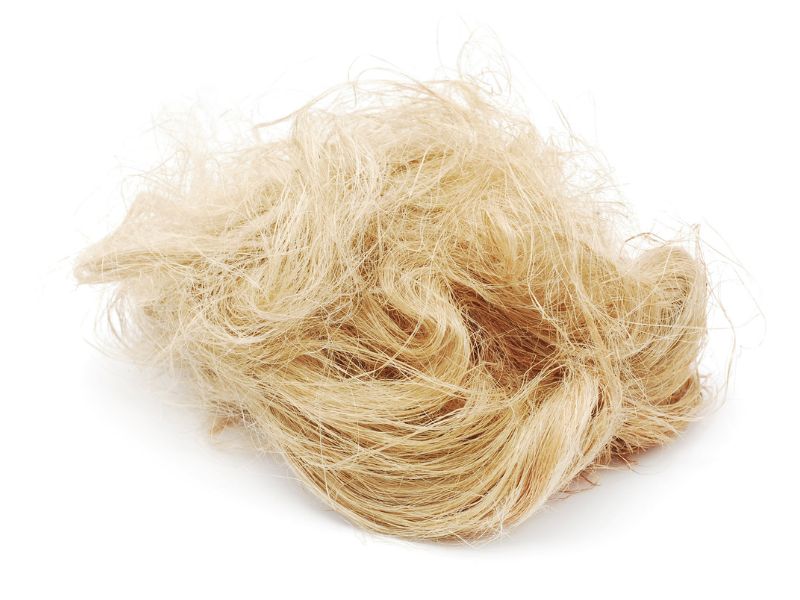
This is one of the natural vegetable textile fibres obtained from the stem of the plant. It has an average of 70% cellulose content and holds a good amount of carbon.
One of the benefits that stand out most about using hemp to produce eco-fashion is its thermal capacity and advanced dye absorption, so it maintains an aesthetic quality for a long time.
Some consider it to be one of the best plant fibre materials, and it even has 100% natural microbial capabilities.
An important trend in the textile industry is to combine hemp with materials such as cotton or linen, so that the end result is a super strong but at the same time soft material.
Jute
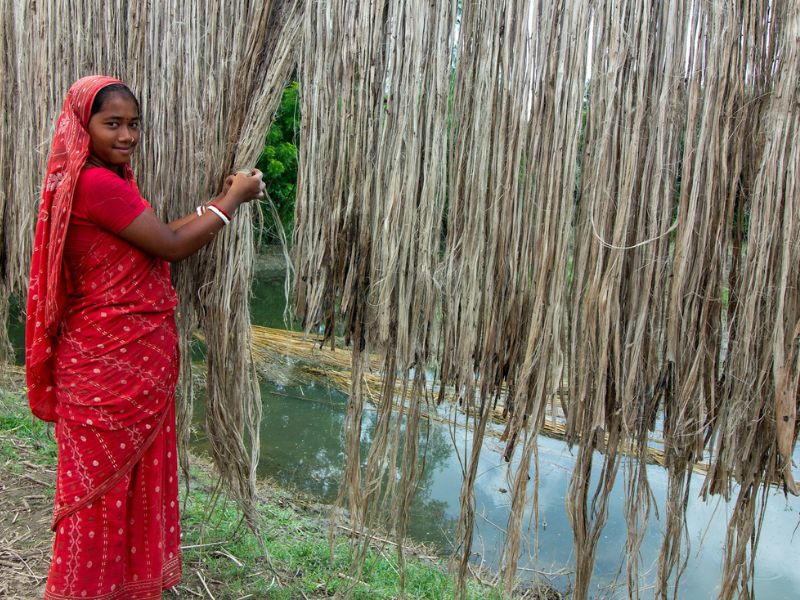
Several eco-friendly clothing brands have focused their attention on this material, and this is because it is one of the most economical fibres because of the practicality around its production. But that's not all, it is also a strong and resistant material.
Some considerations are the fact that it has a moderate absorption capacity, which means that when it is exposed to humidity, its thermal conductivity is reduced.
But this does not preclude its extensive use in the production of clothing, footwear and home accessories. It is a popular material for the use of vegetable fibres in the textile industry.
Ramie
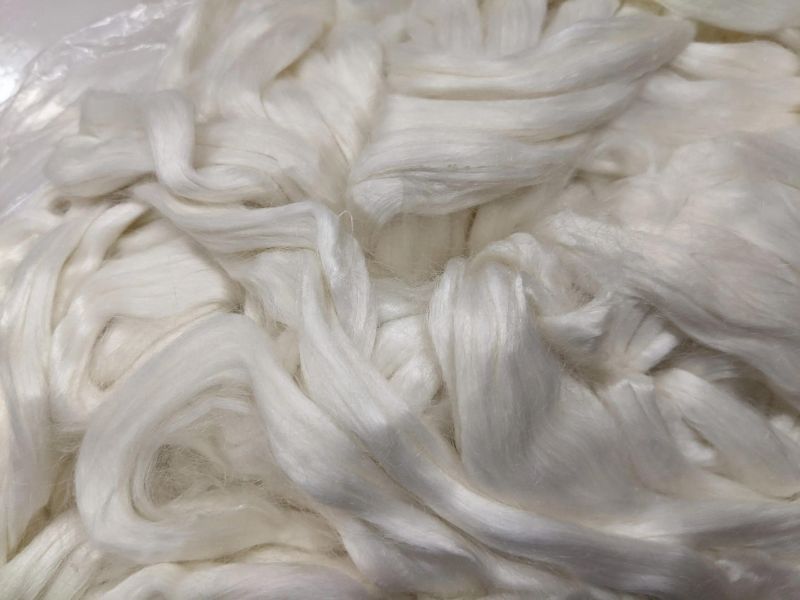
This is one of the most naturally lustrous and aesthetically appealing fibres and is often confused with silk for this reason. It is one of the most resistant natural fibres, usually bulky and easy to absorb the pigmentation of dyes.
On the other hand, the constitution of ramie fibres and their orientation favour its breathability. Its yarn is quite fine and very attractive, which is why its uses in industry are only increasing.
Sisal
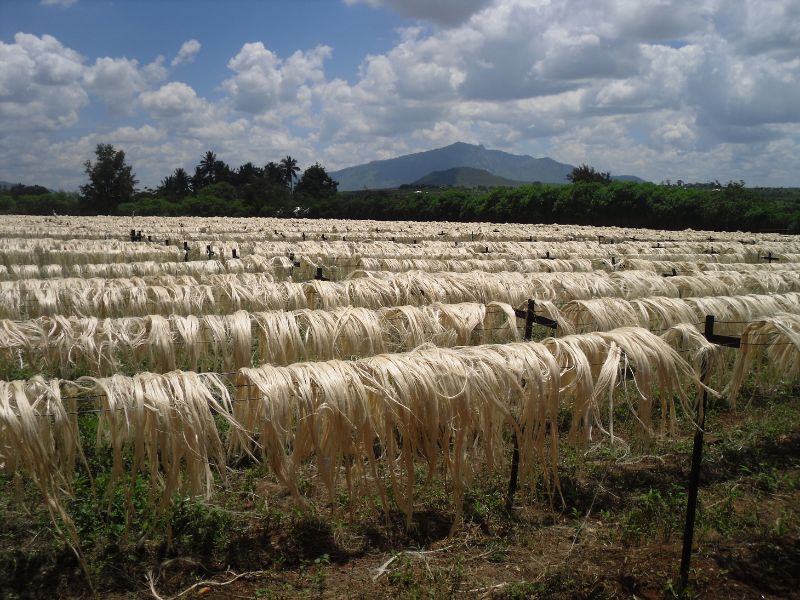
Although it does play a role in the textile industry in the production of fashion garments, it is not a popular material. This is because it has a low elastic capacity and tends to be stiffer.
It is usually combined with other materials to produce a more balanced fibre. And in its individual uses, it tends to excel in the production of household items, such as furniture coverings.
Kapok
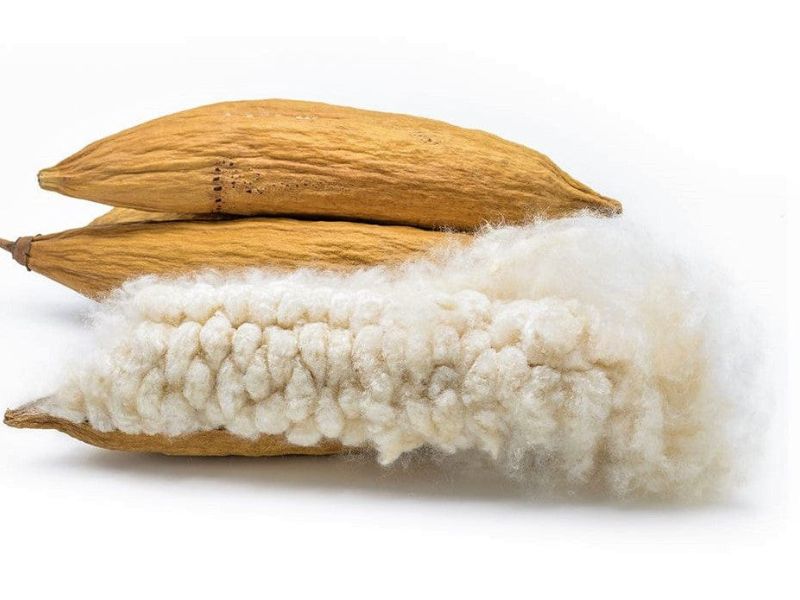
An extremely thin and not very dense fibre, it is obtained from the seeds of the kapok tree, a type of tree that grows to an impressive length. Due to its special lustre, soft texture and high strength, it is widely used.
It is often used to great advantage in the creation of home textiles and its production is one of the most economically accessible.
Pineapple
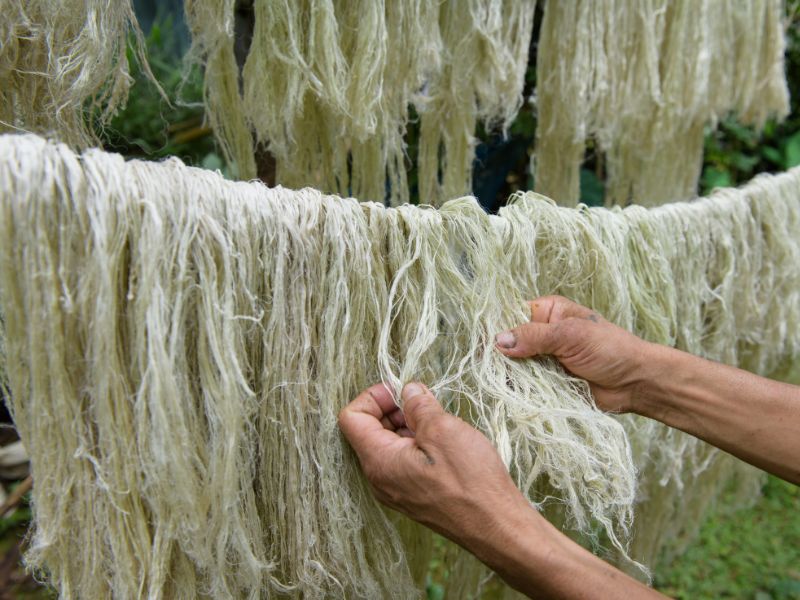
When it comes to biodegradable textiles, this material is usually one of the most outstanding and exclusive. For many this use is not at all known, and although it is true that it is not as popular as cotton, linen or coconut, it has been growing.
In fact, prestigious brands such as Hugo Boss have already implemented the use of natural vegetable pineapple textile fibres in the production of certain garments.
CONCLUSION AND ENVIRONMENTAL INFLUENCE TODAY
There are many materials with incredible benefits to boost sustainable fashion, it is also worth reflecting on the existence of fibres that are a little more accessible in terms of cost, such as linen, which helps to position vegetable fibre as a useful alternative.
For their part, fibres as little exploited as coconut, a material with almost 27% cellulose and great durability, manage to stand out as a benchmark of quality in the production of ecological clothing.
It is believed that in the coming years the use of these biodegradable vegetable fibres will continue to grow, progressively helping to replace certain fabrics produced from the use of petroleum in highly polluting processes.


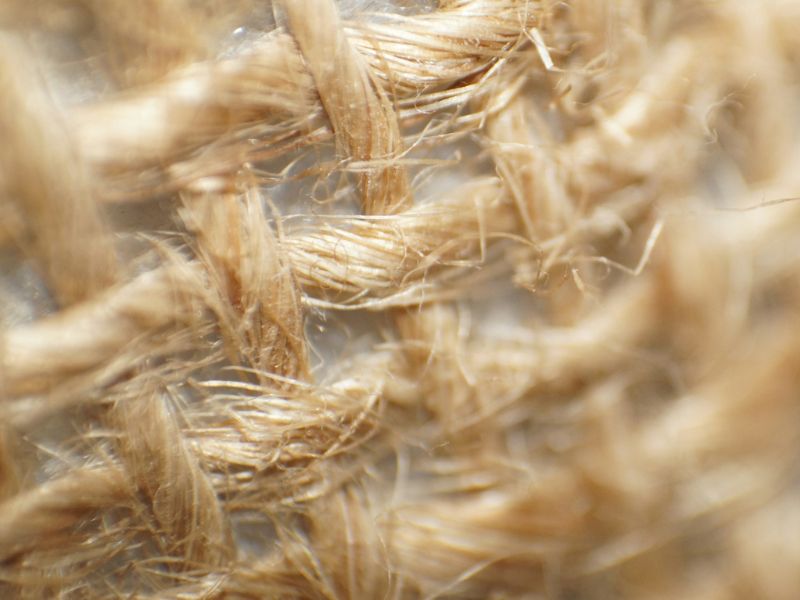
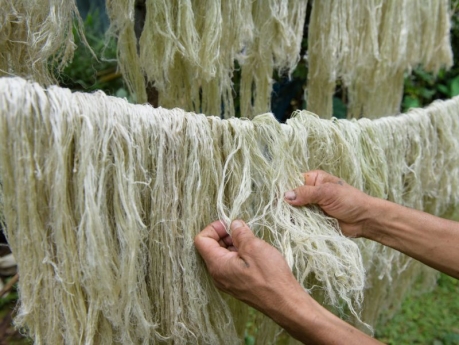









Users Reviews